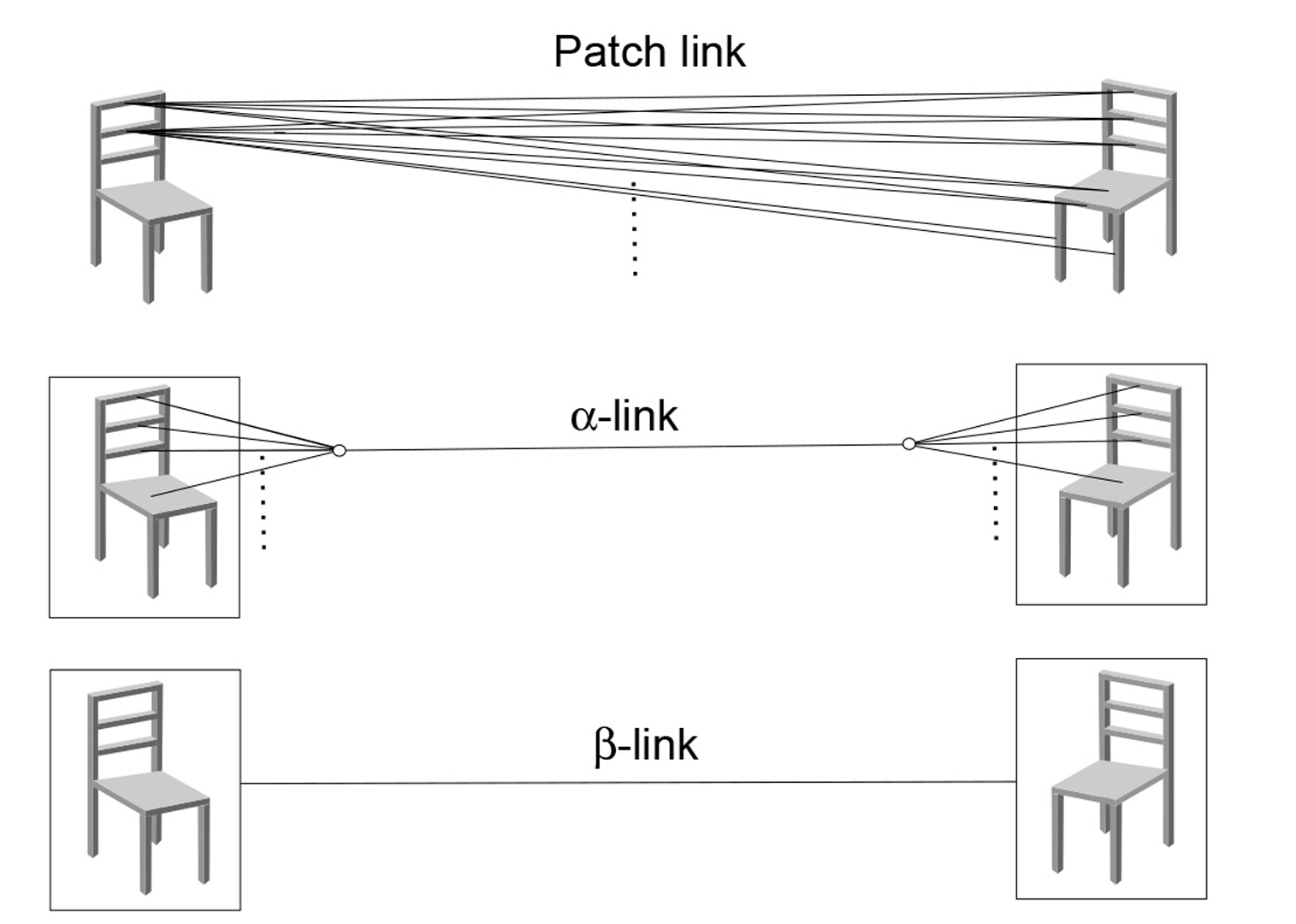“A clustering algorithm for radiosity in complex environments” by Smits, Arvo and Greenberg
Conference:
Type(s):
Title:
- A clustering algorithm for radiosity in complex environments
Presenter(s)/Author(s):
Abstract:
We present an approach for accelerating hierarchical radiosity by clustering objects. Previous approaches constructed effective hierarchies by subdividing surfaces, but could not exploit a hierarchical grouping on existing surfaces. This limitation resulted in an excessive number of initial links in complex environments. Initial linking is potentially the most expensive portion of hierarchical radiosity algorithms, and constrains the complexity of the environments that can be simulated. The clustering algorithm presented here operates by estimating energy transfer between collections of objects while maintaining reliable error bounds on each transfer. Two methods of bounding the transfers are employed with different tradeoffs between accuracy and time. In contrast with the O(s2) time and space complexity of the initial linking in previous hierarchical radiosity algorithms, the new methods have complexities of O(slogs) and O(s) for both time and space. Using these methods we have obtained speedups of two orders of magnitude for environments of moderate complexity while maintaining comparable accuracy.
References:
1. ARVO, J., AND KIRK, D. Fast ray tracing by ray classification. Computer Graphics 21, 4 (July 1987), 55-64.
2. CHEN, S. E., RUSHMEIER, H. E., MILLER, G., AND TURNER,D. A progressive multi-pass method for global illumination. In Proceedings of SIGGRAPH’91 (Las Vegas, Nevada, July 28-August 2, 1991) (July 1991), vol. 25, ACM, pp. 165-174.
3. COHEN, M. F., GREENBERG, D. P., IMMEL,D.S.,AND BROCK,P.J. An efficient radiosity approach for realistic image synthesis. IEEE Computer Graphics and Applications 6, 2 (March 1986), 26-35.
4. GOLDSMITH, J., AND SALMON, J. Automatic creation of object hierar-chies for ray tracing. IEEE Computer Graphics and Applications 7,5 (May 1987), 14-20.
5. GORAL, C. M., TORRANCE, K. E., GREENBERG,D.P.,AND BATTAILE, B. Modeling the interaction of light between diffuse surfaces. Com-puter Graphics 18, 3 (July 1984), 213-222.
6. GREENGARD,L. The Rapid Evaluation of Potential Fields in Particle Systems. MIT Press, Cambridge, Massachusetts, 1988.
7. HANRAHAN, P., SALZMAN, D., AND AUPPERLE, L. A rapid hierarchical radiosity algorithm. Computer Graphics 25, 4 (July 1991), 197-206.
8. KOK, A. J. Grouping of patches in progressive radiosity. In Proceedings of the Fourth Eurographics Workshop on Rendering (Paris, France, June 14-16, 1993) (June 1993), pp. 221-231.
9. LISCHINSKI, D., TAMPIERI,F.,AND GREENBERG, D. P. Combining hi-erarchical radiosity and discontinuity meshing. In Computer Graphics Proceedings (1993), Annual Conference Series, ACM SIGGRAPH, pp. 199-208.
10. REICHERT, M. C. A two-pass radiosity method driven by lights and viewer position. Master’s thesis, Program of Computer Graphics, Cornell University, Ithaca, New York, January 1992.
11. RUSHMEIER, H. E., PATTERSON, C., AND VEERASAMY, A. Geometric simplification for indirect illumination calculations. Graphics Inter-face ’93 (May 1993), 227-236.
12. SMITS, B., ARVO, J., AND SALESIN, D. An importance-drivenradiosity algorithm. Computer Graphics 26, 4 (July 1992), 273-282.
13. TELLER, S., AND HANRAHAN, P. Global visibility for illumination computations. In Computer Graphics Proceedings (1993), Annual Conference Series, ACM SIGGRAPH, pp. 239-246.





